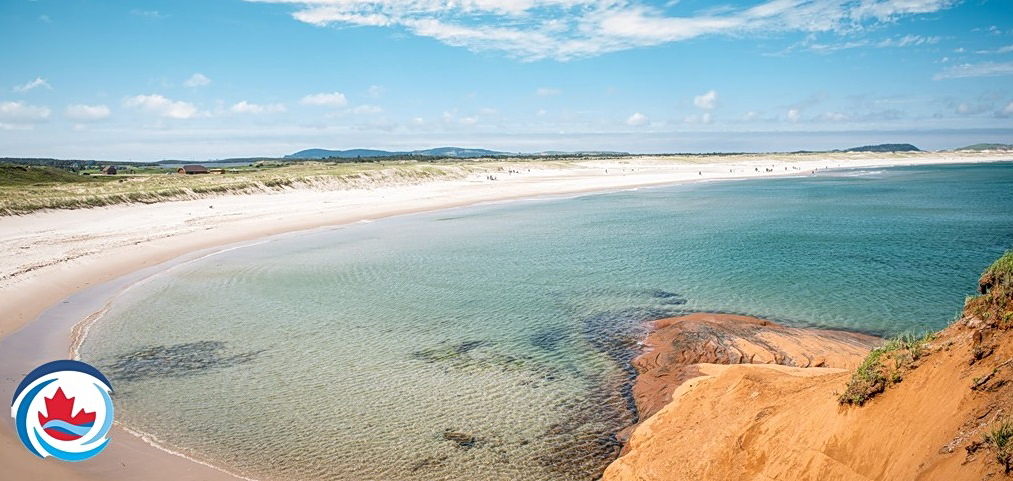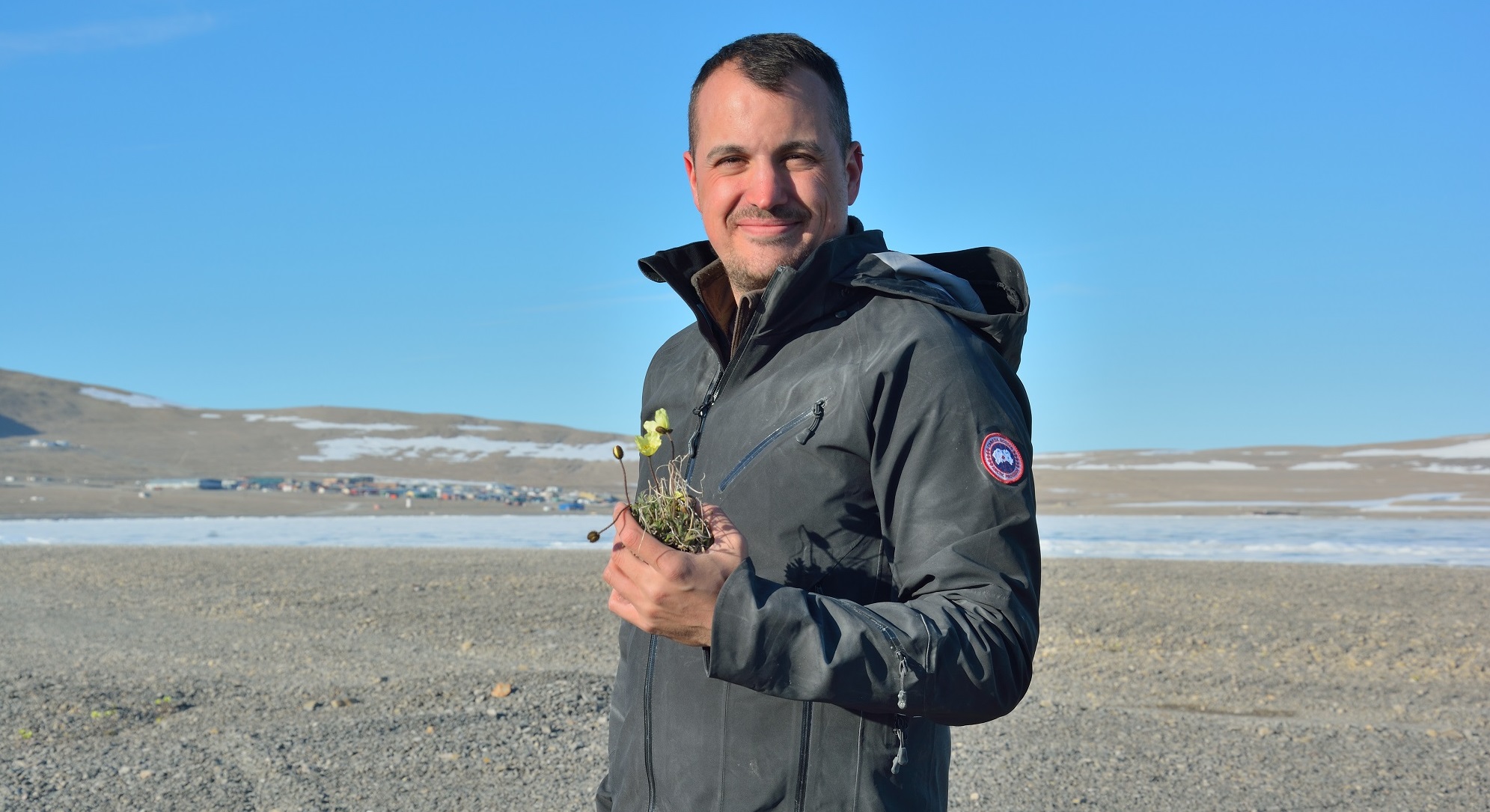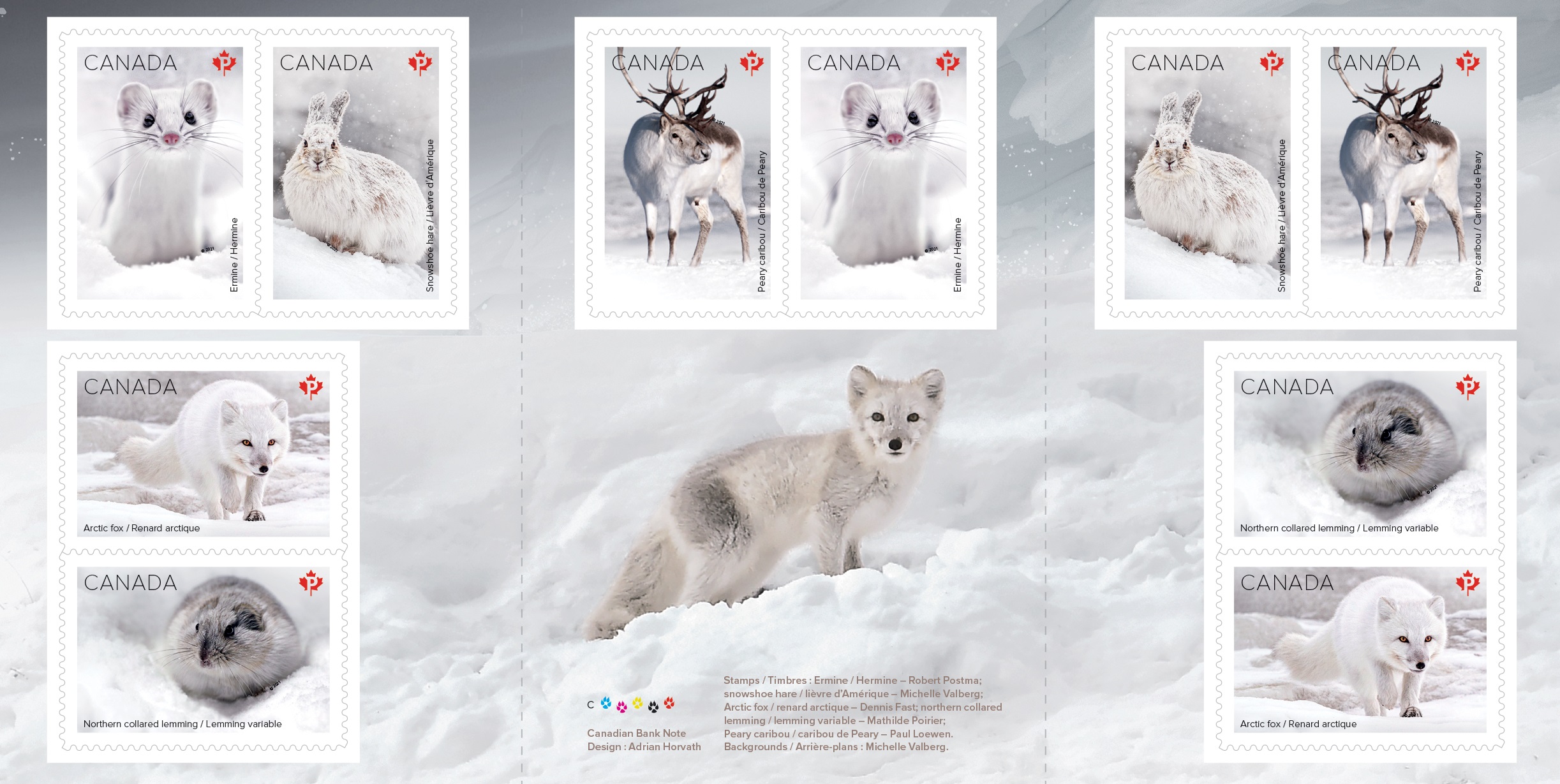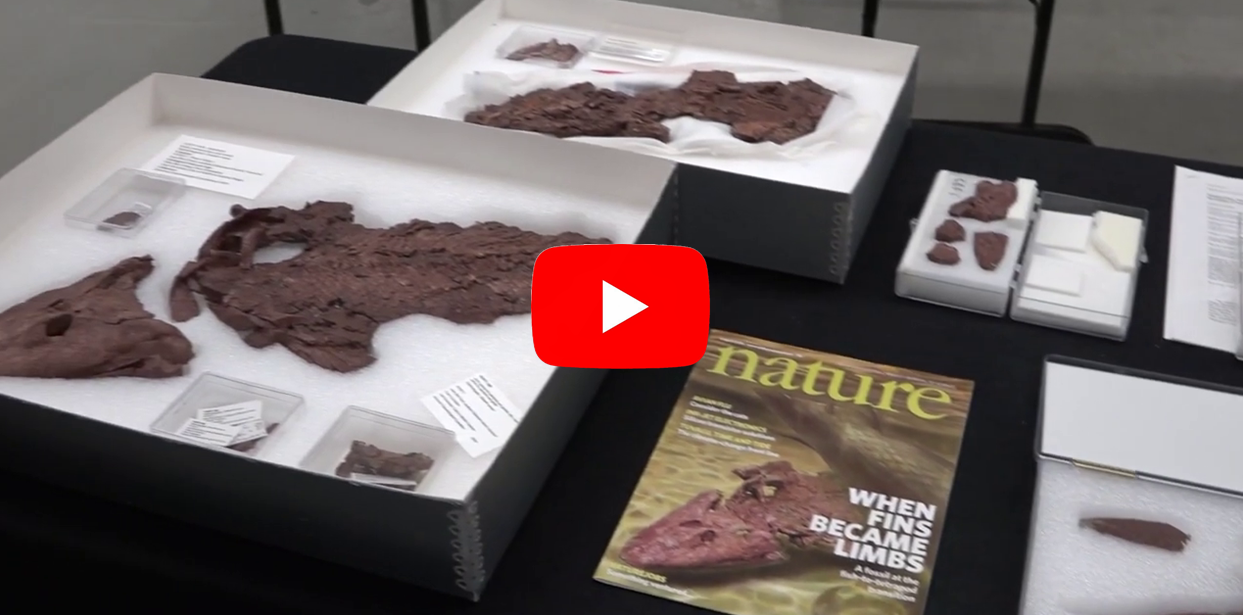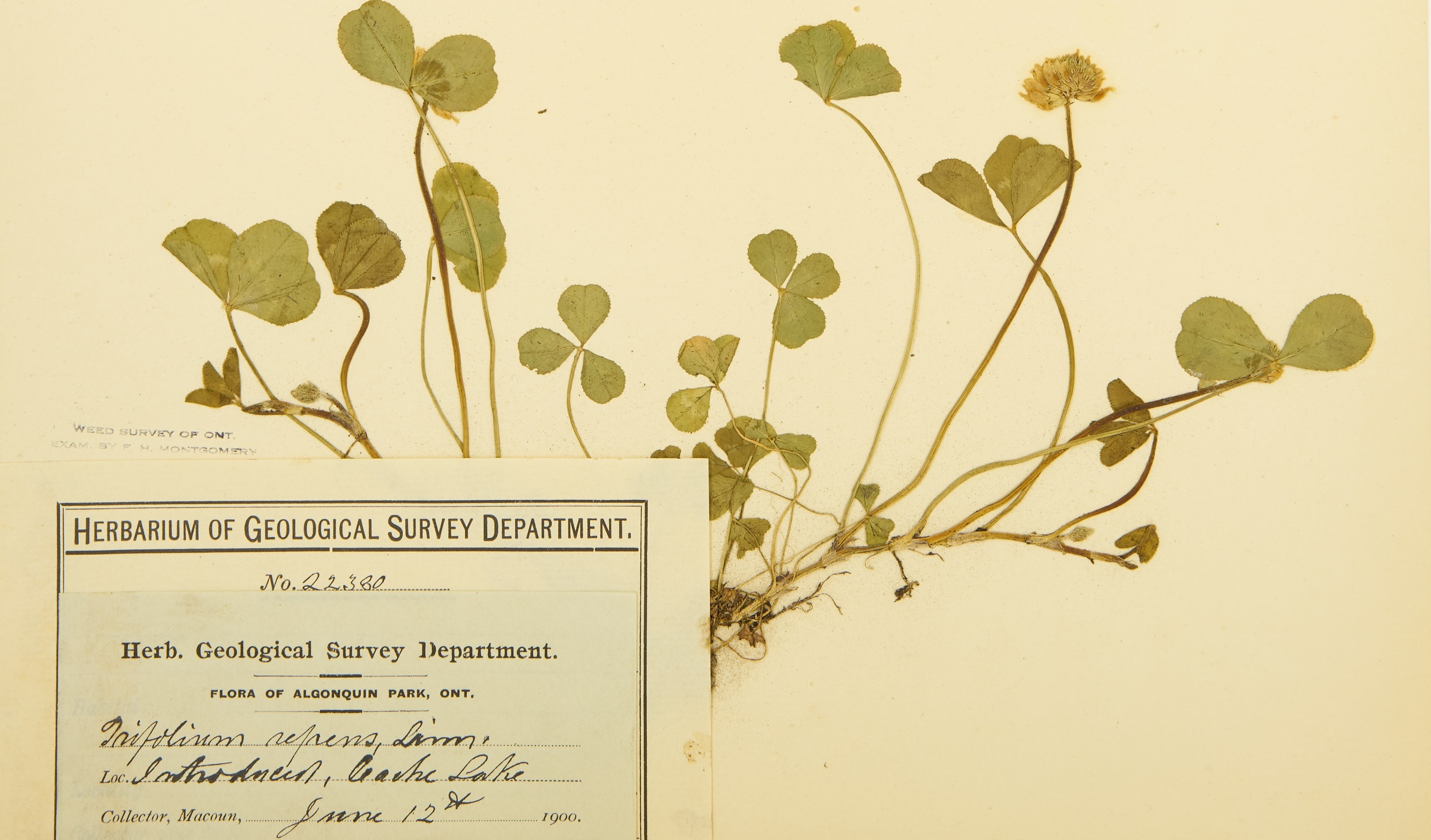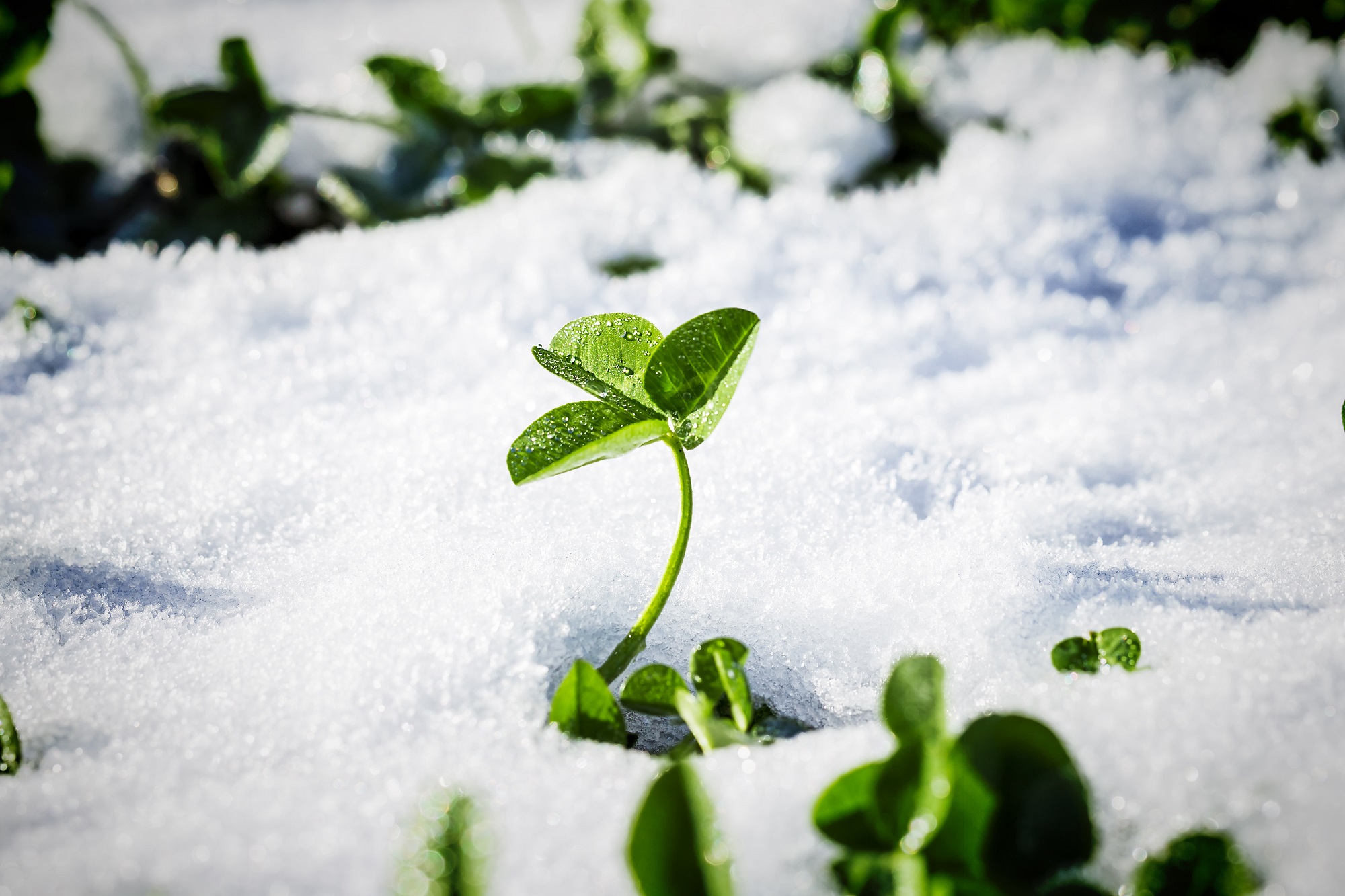
Spring is almost here
As we enjoy milder temperatures and longer daylight hours, we approach the season's change with renewed energy and optimism. Happy St. Patrick's Day. As the rhyme goes: "Wherever you go and whatever you do, may the luck of the Irish be there with you."
The museum is open Thursday to Sunday. Come visit us! Note: Tickets must be booked in advance.
We continue to post regular content on our social media channels. Follow us on Twitter, Facebook, Instagram and YouTube. Discover more on nature.ca.
Editor: Laura Sutin
Questions or comments can be sent to lsutin@nature.ca
Photos:
Clover in snow: Shutterstock
Snow mammals stamps designed by Adrian Horvath

